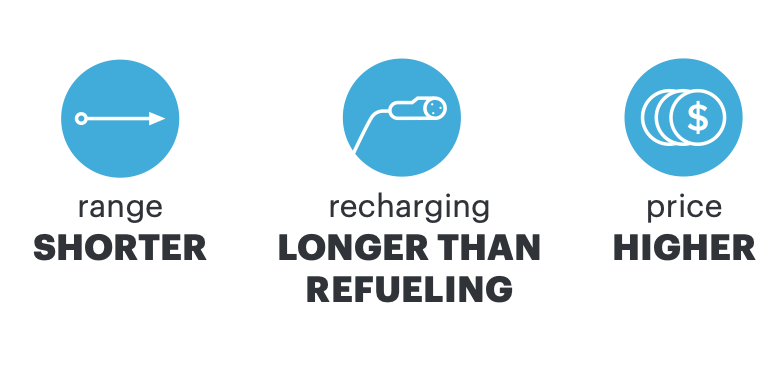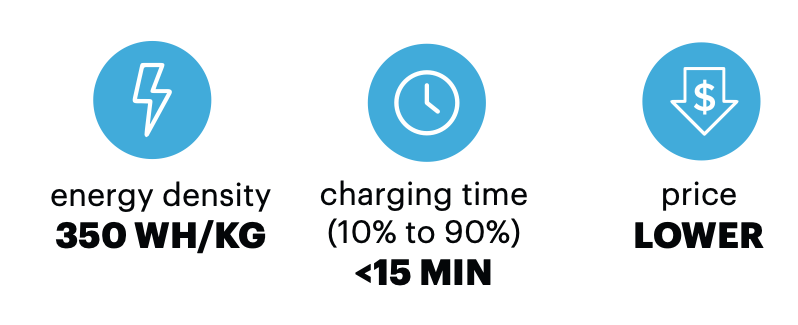Graphene nanotubes for Li-ion batteries: 350 Wh/kg energy density, fast-charging, ultra-safe
The future of mobility is electric. But electric vehicles (EV) are still behind ICE vehicles on key parameters. This is preventing them from becoming truly widespread.

All we need—better batteries
Increasing range means that EV batteries need to store more energy. An EV’s higher cost is attributed to the cost of batteries and their low service life. And current electric vehicles cannot be charged quickly, as their batteries do not withstand fast-charging conditions.
Improving battery parameters, such as energy density, charge rate, service life, and cost, is a major technological challenge that can be solved with TUBALL™ graphene nanotubes (or single wall carbon nanotubes) introduced into the recipe of lithium-ion batteries.

When added to the highest energy density active materials—silicon-based for the anode and high-nickel-content for the cathode—TUBALL™ allows industry to reach energy density goals of 300 Wh/kg and 800 Wh/l and go beyond them. The best battery cells currently on the market only manage 260 Wh/kg and 700 Wh/l (21700 type).
Graphene nanotubes solve the fundamental problem of silicon anodes and provide unprecedented performance to the cathodes of lithium-ion batteries.

